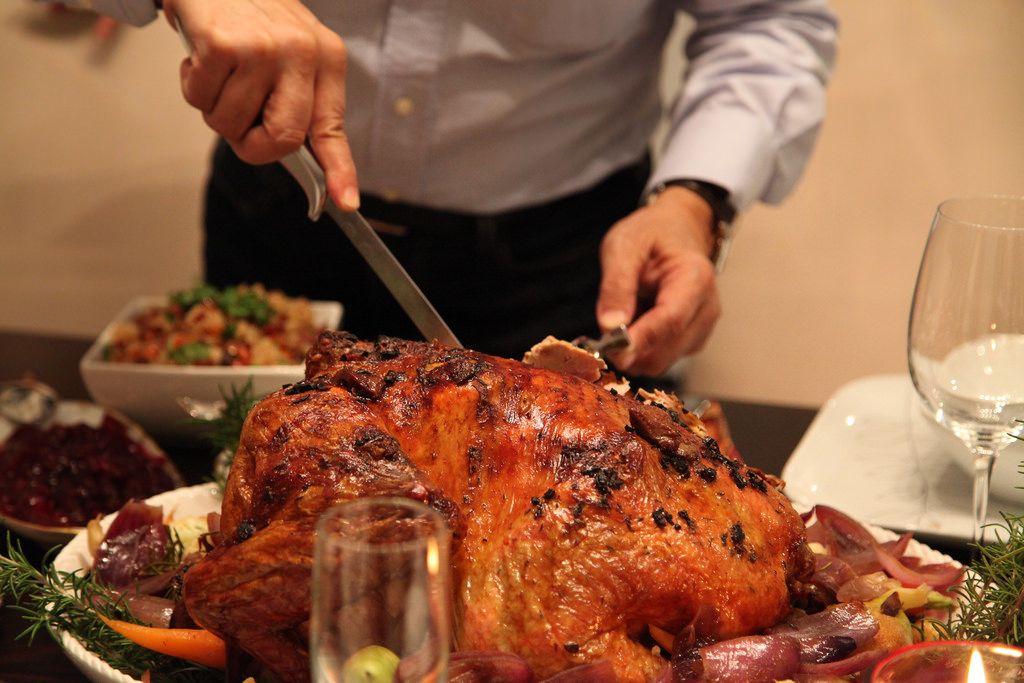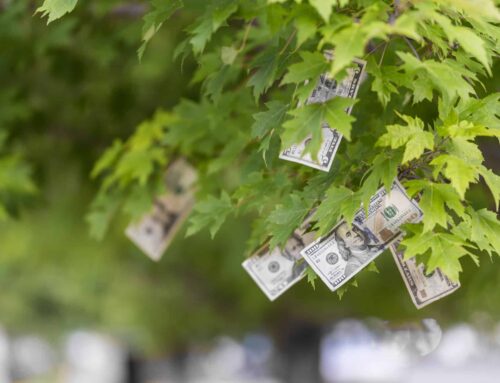As Americans gather this week for Thanksgiving, we thought it a good time to remind everyone how Washington’s agricultural policies impact your plate. While record harvests have resulted in low crop prices and leaner incomes for many, farmers and ranchers are loading up on taxpayer subsidies. But rather than thanking taxpayers for this already generous safety hammock, err net, some agricultural special interests are demanding taxpayers dish out even more subsidies.
Main Course – The centerpiece of Washington’s crop subsidy cornucopia is the incredibly generous federal crop insurance program. Covering everything from almonds to oysters, crop insurance is projected to cost taxpayers $8.5 billion a year, though it’s cost as much as $14 billion as recently as 2012. Adding to the costs is the fact most policies pay out not simply when a farmer loses a crop, but when revenue falls short of expectations. While turkey-producers typically use other means of managing risk, the 2014 farm bill required USDA study whether providing them subsidized business interruption insurance was feasible. The answer is no. But that doesn’t mean lawmakers won’t use the next farm bill to require USDA create the insurance anyway, just as lawmakers did with insurance for producers of catfish, lamb, and biomass.

Gravy – The 2014 farm bill created new income entitlement programs layered on top of crop insurance. While the agriculture committees claimed the programs would be leaner than the direct payments program they replaced, the Agriculture Risk Coverage and Price Loss Coverage programs are instead 56% more expensive than originally anticipated. Fattening the bottom lines of agricultural business $15.6 billion more than projected, they are on pace to eliminate any of the purported savings farm bill boosters touted.
Side Dishes – Growers of wheat, and potentially growers of corn and soybeans—the foundation of any good stuffing, succotash, or Tofurkey – are about to benefit from Loan Deficiency Payments (LDP) for the first time in nearly a decade. Farmers often use their harvest as collateral for low interest loans from USDA to buy inputs (e.g. seed, fertilizer) to grow the crop in the first place. If the harvest is worth less than the loan, farmers can receive LDPs to make up the difference. Taxpayers are also spending millions of dollars each year on advertising and marketing promotions through the Market Access Program and Foreign Market Development programs to the benefit of such groups as the American Sweet Potato Marketing Institute, Cranberry Marketing Committee, National Potato Promotion Board, and many others.
Dairy – Whether you put out a nice cheese plate, eat whipped cream by the spoonful, or just like a tall glass of milk, dairy special interests want the USDA to increase your costs. While the 2014 farm bill created a dairy margin protection program to send payments to dairy producers, lawmakers and dairy special interests are begging USDA to go one step further and actually purchase “excess” dairy products. USDA has agreed, twice releasing solicitations to purchase excess cheddar, though dairy interests are asking for even more.
Dessert – Crop insurance, income entitlements, and subsidized loans provide a hefty meal for farmers and ranchers, but the richest subsidies are reserved for sugar. Domestic sugar producers benefit from below-market rate subsidized operating loans. And to keep prices high, USDA restricts the amount of sugar each processor is allowed to process, restricts imports of sugar by subjecting importers to confiscatory tariffs, and even purchases sugar to sell it at a loss to biofuels companies to turn into ethanol. All of these efforts result in U.S. sugar costing as much as twice as it does in the world market.
Setting, building, and burning the table – The USDA doesn’t limit itself to subsidizing the food on your table. Cotton farmers received $300 million in “ginning cost share assistance” this year and are looking for more. Through mandatory purchasing requirements for federal agencies and a voluntary labeling program, USDA’s BioPreferred program seeks to make a market for biobased products (think cleaning products made from oranges, forks made from corn). But the 2014 farm bill eliminated “date of market entry” as a part of the program meaning “wood” is now deemed an innovative, biobased product and such cutting edge technologies as pine 2×4 lumber now get special treatment. And then there’s biofuels. The USDA has yet to see a biofuel or biomass subsidy it didn’t like, even when Congress explicitly tries to prohibit them.
Taxpayers can afford a cost-effective, transparent, and accountable safety net for American agriculture. We cannot afford to continue dishing out unlimited subsidies to special interests. As lawmakers get set to reauthorize farm programs next year, they should put a stop to the mad scramble to load special interest platters with parochial giveaways.










